2001
27. The Elegantly Adorned Bride
Simcha Yosef, Hannah Yitzhak. Recorded at NSA studio, August 19, 2001. CD track 5; II-24.
Taṃbirān mŏyiṃbu tŏnayāyirikkeņaṃ
Alaṅgara maṅgana ātariccu kāṭṭeņaṃ (x2)
1. O Tambiran, before You we come with due respect,
The bride adorned in elegance with honor to present. (x2)2. Her lovely upper garment is made of finest cloth. (x2)
Her waist chain is beautiful and is securely tied. (x2)3. A bunch of keys quite suitable is part of her attire. (x2)
A flower-patterned earring is on her upper ear. (x2)4. Her very striking necklace is unique in design. (x2)
A lovely crown of flowers is garlanding her hair. (x2)5. Her ankle rings and ornaments are equal to pure gold. (x2)
Her musky body fragrance is wafting far and near. (x2)6. In scented lotus water this woman has been bathed. (x2)
She wears a golden necklace all studded with gems, (x2)7. Along with other chains of lovely coral beads. (x2)
With rings upon her fingers and bangles on her arms, (x2)8. With many kinds of jewelry she’s charmingly adorned. (x2)
On the anklets she is wearing see the rubies and the pearls. (x2)9. With the brightest of all brilliance, so shines the bride. (x2)
With the brightest of all brilliance, so shines the groom, (x2)10. Dressed in silken garments, with his turban so fine. (x2)
The greenness is increasing, shining everywhere. (x2)11. Blessings, always blessings, may blessings always be. (x2)
Lord Tambiran be blessed, forevermore be blessed. (x2)
This descriptive tribute is sung to the bride at a special women’s party on the Shabbat preceding her wedding and also at a women’s party the night before the wedding. In elaborate musical detail, it portrays a Kerala bride’s clothing and ornaments of jewelry and flowers, including a traditional upper garment and waist-chain. While a bundle of keys would not actually be worn by a bride, the reference here may be taken as humorously symbolic of her new status and household responsibilities.
There is nothing identifiably Jewish in this song. In fact, Venus Lane notes two elements that suggest a possible northern Kerala Muslim origin or influence: the particular style of earring (alikkattu) mentioned in the sixth line (see Gundert 1991, 57) and the shining “greenness” in stanza 10, as green is the color associated with Muslim weddings.
According to Kerala Jewish custom, the bride’s family would often borrow costly gold and jeweled ornaments from relatives, friends, and neighbors to adorn the bride and also her mother and sisters. “All the brides, rich or poor, were dressed up in the same style, with all the ladies bringing their own jewelry to decorate the bride. . . . A bride should not feel sad on that day” (Daniel and Johnson 1995, 184).
Down to the current generation, some Kochini families in Israel continue to celebrate with the Kerala custom of adorning the bride in traditional dress and elaborate jewelry at a community party the night before her wedding. This custom is similar, in some ways, to the traditional “henna” celebrations of Bene-Israel, Yemenite, and other Mizrachi Jews, which have gained wide popularity throughout Israel in recent years (Sharaby 2006) though the Kerala Jews do not traditionally use the dye of the henna plant as part of the decoration.
For several of their public performances in Israel, the Nirit Singers enacted a scene of adorning the bride while singing this song, and the entire Nirit group performed it for their own CD. The lyrics are found mostly in notebooks from Kadavumbhagam-Kochi, and the two women who recorded it in 2001 were from that community.







